 Cricket ball manufacturing shown in above picture | ||
The most basic components of the game of cricket are a bat and a ball. While the bats have undergone a substantial transformation over the years, the balls have, more or less, remained the same.
Contents
- Cricket ball manufacturing
- Kookaburra Cricket Ball Manufacture Video
- Weight and dimensions
- Place of manufacturing
- How Cricket Balls Are Made
- Significance of colors in the manufacturing process of cricket balls
- Different cricket balls around the world
- Comparison between the Kookaburra the Duke and the SG
Cricket ball manufacturing
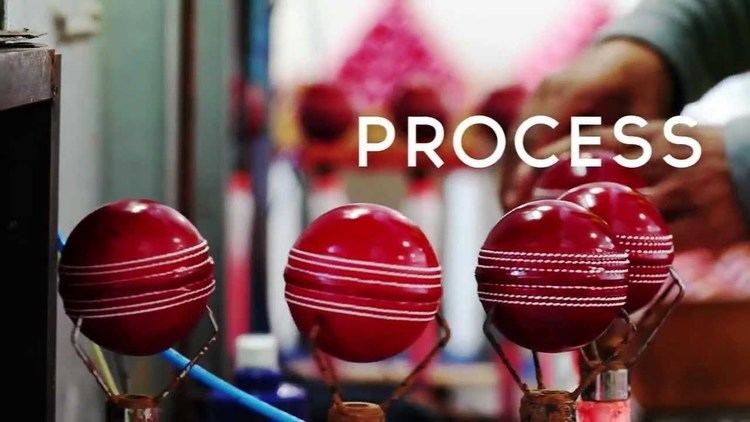
A cricket ball is made from cork strips and a tightly wound string. It is then covered by a leather case with a slightly protruding seam.
The outer layer of a ball, which is covered by the highest quality leather, is cut into four pieces. The seam of a Cricket ball has a total of 6 stitches, 3 on either side.
The seam is diligently rotated by 90 degrees to making sure that a cricket ball has an uniform shape to it. Each section is then put into a vice, which moulds the leather into the shape of a hemisphere.
Kookaburra Cricket Ball Manufacture Video
Weight and dimensions
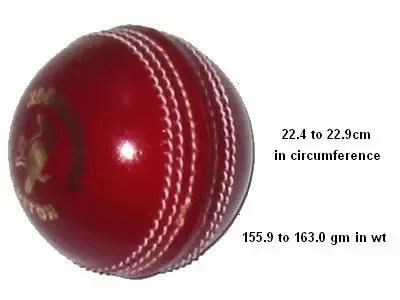
As far as the weight and dimensions of acricket ball are concerned, the regulations are different for men’s cricket and women’s cricket.
For men’s cricket, a cricket ballmust weigh between 5.5 and 5.75 ounces and measure between 8 13/16 and 9 inches in circumference.
With regard to women's cricket, it must weigh between 4 15/16 and 5 1/16 ounces and measure between 8.3 and 8.9 inches in circumference.
Place of manufacturing
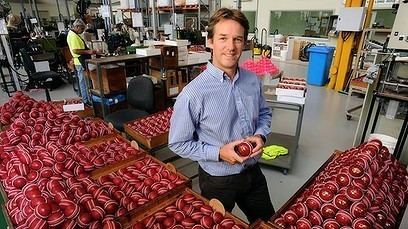
Cricket balls were traditionally made by companies, employing highly skilled craftsmen, residing in Kent, South East England.
But, with increasing labor costs and an ever-growing demand, the factories in Kent were forced to look towards the sub-continent, where the labor was more in number and cheaper at the same time, thereby reducing the production cost.
Consequently, Jalandhar in India and Sialkot in Pakistan have become the two hubs of cricket ball-manufacturing, with approximately 98% of cricket balls used in club cricket currently being manufactured in the above two places. In fact, even Kookaburra, a famous Australian-based company, now has a factory in the sub-continent.
How Cricket Balls Are Made
The red ball is being used in Test and first-class cricket since time immemorial. While it has remained fairly the same in weight and dimensions, the same cannot be said of the colour of the ball. White cricket balls, which are very common now, were introduced during World Series Cricket, which began in the late 1970s.

Significance of colors in the manufacturing process of cricket balls
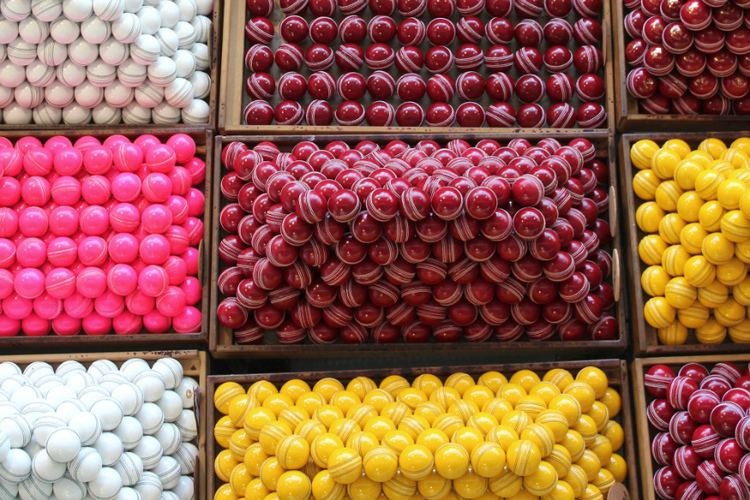
Red cricket balls are used for test matches and whiteballs are used in one day and T20 matches. White balls were introduced for daynight matches because the red ball presented problems in sighting under the lights.
The red ball when played for few overs takes a sort of reddish browncolor which becomes very hard to differentiate against the cricket pitch. Nowadays all one day and T20 matches use the white ball no matter whether they are played during the day or night.
The Kookaburra and Dukes are the two well known brands that belong to the highest echelons of cricket balls.
The white Kookaburra has a little more swing than its red counterpart though manufacturers claim both are made by the same process with color being the only difference. Each Dukes ball is manufactured by different process.
They assert the whiteball indeed swings more than the traditional red ball because of polyurethane coating over the white dyed leather. In general the white balls from all the major manufacturers give better swing than the traditional red.
Kookaburra balls are becoming more popular at the highestlevel gradually. Except West Indies and England who use the Dukes and India which uses the SG balls, all other nations have opted for the Kookaburra balls– both red and white. All one day international matches no matter where theyare played use only the Kookaburra balls.
Orange and yellow balls (glowing composite) has also been experimented with to aid night visibility but they areunsuitable for professional matches as their coloring has resulted in unstable behavior.
A new addition to the cricket ball family will be made in November when the first daynight test match will be played between Australia and New Zealand in Australia. This test will use the pink ball for the first time.
Different cricket balls around the world

While the cricket balls used in Test cricket are all dark red in colour and round in shape, the manufacturer depends upon the location. At the Test match level, there are three basic balls used: the Kookaburra in Australia, New Zealand, West Indies, Pakistan, South Africa and Sri Lanka, the Duke in the United Kingdom and the SG in India. In the limited overs formats, though, Kookaburra balls are used across the spectrum irrespective of the location.
Each country has its own preference in regards to the choice of the cricket ball, which is why one particular cricket ball has not been standardized by the International Cricket Council. The three cricket balls widely used in Test cricket have their own merits and demerits.
Comparison between the Kookaburra, the Duke and the SG
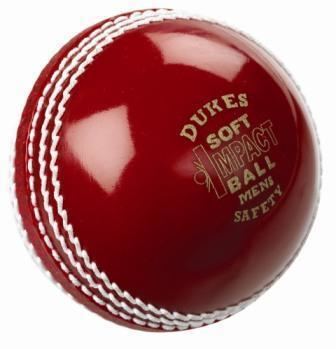
• The Kookaburra ball is machine-made, while both the Duke and SG balls are hand-made.
• The Duke and the SG have a more pronounced seam than the Kookaburra, which makes it easier for the spinners to grip the ball.
• The Kookaburra ball swings more than the Duke and SG balls in the 1st 20-30 overs, after which it goes soft and loses its seam and stops swinging. The Duke, on the other hand, doesn’t swing in the 1st few overs because of the lacquer on the ball. Once the lacquer on the ball wears off, the Duke starts swinging, and it swings for a much longer period than the Kookaburra or the SG. The SG, although quite similar to the Duke, hardly swings.
• The Duke’s usefulness is mainly limited to the United Kingdom. This is because of its leather, which cannot last on the rougher conditions found in the sub-continent and in places like Australia.
• As far as reverse swing is concerned, the Duke is more likely to assist reverse swing as compared to the Kookaburra and the SG.
.jpg)